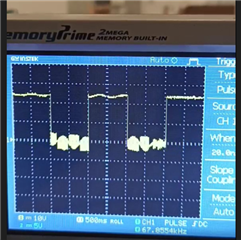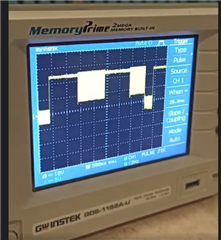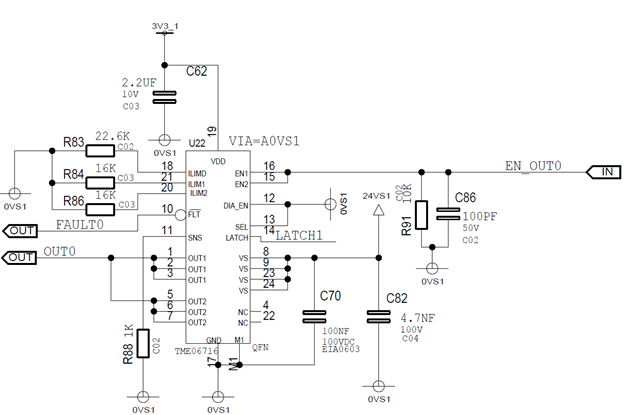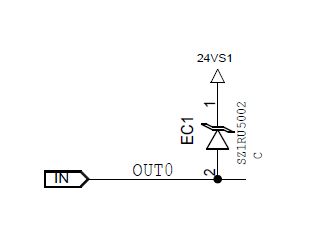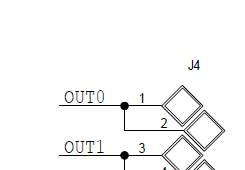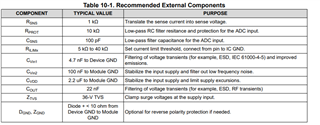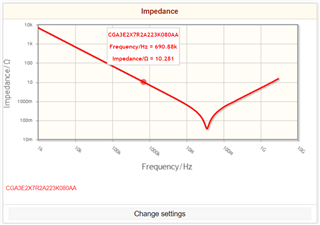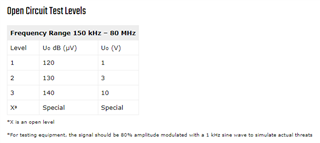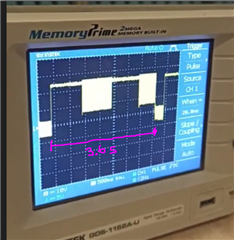Hello,
With IEC 61000 4-6 test (conducted disturbance 10V, up to 20V, frequency between 400kHz -900kHz) output that is in the OFF state charges to some potential all the way to power supply voltage.
In this case it charges to 24V. We do not have output capacitor.
Only these frequencies are problematic. Other ones are without issues.
It is maybe related to previous post where Output self charge even when there is no capacitance at output.
Best regards,
Miroslav



